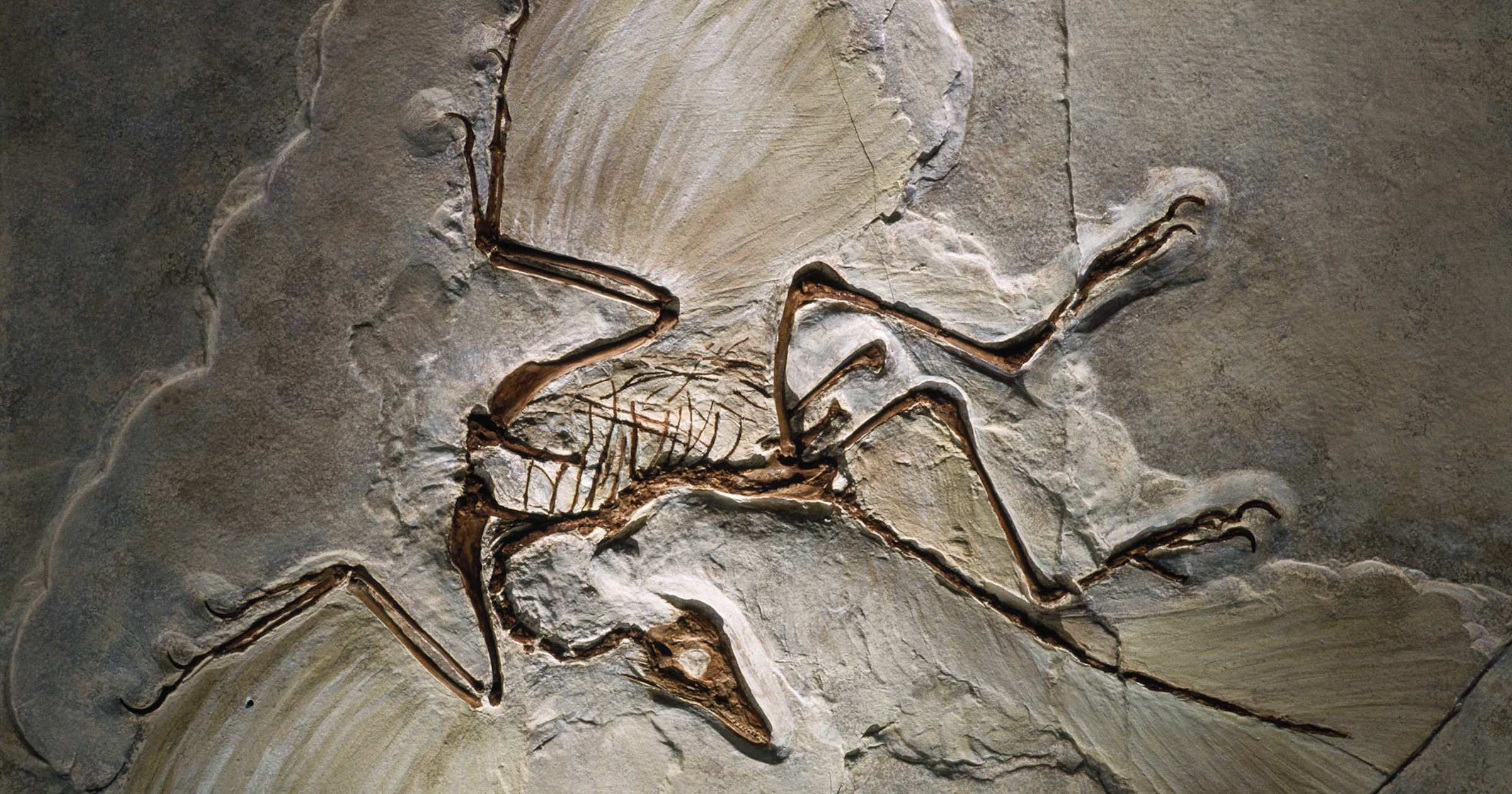 Evolution
Evolution
Ten Reasons Why Birds Are Not Living Dinosaurs

Editor’s note: “Are birds derived directly from advanced dinosaurs, or are they closely related dinosaur cousins?” That is a fascinating question taken up in a recent book, Romancing the Birds and Dinosaurs, by Alan Feduccia, an evolutionary biologist at the University of North Carolina, Chapel Hill. In inimitable style, geneticist Wolf-Ekkehard Lönnig of the Max Planck Institute for Plant Breeding Research responds in a review that is itself an amazing piece of scholarship. As our friend Dr. Lönnig notes, in the course of his career, it is “probably the longest book review that I have written.” In highlighting a new interview with Lönnig, mathematician Granville Sewell noted yesterday, “To those who say intelligent design advocates are only critical of Darwinism because they are just not sufficiently versed in genetics and evolutionary theory, I have a two-word (or rather three?) reply: Wolf-Ekkehard Lönnig.” And that is exactly right. Read the whole review here. However, if you’d like to cut to the chase, here is Lönnig’s brief summation (citations omitted). From, “Summing Up Some Key Points: Why Birds Are Not Living Dinosaurs”:
(1) (a) Information-generating DNA “macromutations,” i.e., genetic saltations, producing in just one step entirely new synorganized (specified and/or irreducibly) complex biological structures due to “accidentally coordinated” substitutions of many nucleotides in many genes, as well as the creation of completely/wholly/fully new genes and further novel functional DNA sequences — and what is more — (b) mutations by random changes in the codes besides the genetic code (epigenetic, RNA splicing code, sugar code, membrane code, bioelectric code) generating substantial new information — altogether leading to macroevolutionary alterations bridging the gaps between genera, families, orders, etc., have never been observed. They are so utterly improbable that an evolutionist’s postulation of such positive macromutations is tantamount to the acceptance of miracles (“a miracle is an event that should appear impossible to a Darwinian in view of its ultra-cosmological improbability within the framework of his own theory” — Schützenberger). “They [saltations] have proven themselves utterly sterile pseudo-solutions and are unanimously rejected by those who have a grasp of modern evolutionary theory and of modern genetics” (Mayr). As for the teleological implications of positive macromutations, see Gould above.
Though we cannot count on positive macromutations for the origin of synorganized new structures and functions, strong saltations in phenotypes due to losses-of-function mutations appear to be quite common especially in island populations— not least in birds (see examples above). Such losses of functions cannot, however, bridge the gap between dinosaurs and birds. Nevertheless they may explain how birds could have lost their flight abilities and why secondary flightless birds have probably, but unjustifiably so, been confused with dinosaurs on their evolutionary way to birds (Feduccia).
(2) Gradualism with its “innumerable slight variations,” “extremely slight variations,” and “infinitesimally small inherited variations,” etc., by mutations, which “have only slight or even invisible effects on the phenotype” (Mayr) has also been found to be totally invalid/impotent/baseless in order to explain the origin of synorganized new structures and primary species. Gradualism’s postulates are in severe/utmost/extreme contradiction to the paleontological facts — as noted by many paleontologists, past and present.
(3) Natural selection can explain “the survival of the fittest but not the arrival of the fittest.” “Can the struggle for existence create? It can and must eradicate, hence kill. But it can’t create anything. Just as a sieve cannot create new grains, but can only sift the existing ones” (Nilsson).
(4) Cladistics: “…among the major problems is that convergence [is] a predominant phenomenon in vertebrates” — as has also recently been analyzed by biologist Reinhard Junker in his paper “Vogelmerkmale bei Dinosauriern —Vorläuferstadien oder Konvergenzen?” Studium Integrale, Oktober 2020, pp. 68-77 (cladistic systematics presupposed).
(5) Dollo’s law: “[A]n organism cannot return, even partially, to a former state already realized in the series of its ancestors.” The hypothesis that dinosaurs gave rise to birds implies a massive violation of that law: The extraordinarily short dinosaur arms — derived from much longer ones — would again have been strongly re-elongated for birds. However, even in extant birds “there is no example of a secondarily flightless bird having re-elongated its wings and therefore having re-evolved flight; and one can assume the same would apply to dinosaurs.”
(6) Bird and dinosaur hand: “Our Science paper conclusively demonstrated that by any embryological yardstick, the avian hand was composed of the middle three digits, II-III-IV” (p. 142) whereas in theropods it is I-II-III. There is no obvious selective advantage for the homeotic frame-shift hypothesis, “and also if such a dramatic change were commonplace it would negate the use of paleontological cladistics based almost entirely on skeletal morphology to resolve phylogenies” (Feduccia).
(7) Topsy-turvy phylogeny: As shown in detail above, the phylogenetic sequence of the dinosaur to bird hypothesis starting with Sinosauropteryx (which should thus be the oldest but is from the Lower Cretaceous) is to an astonishing degree in discord with the dates usually given for the paleontological record.
(8) “Archaeopteryx remains a volant bird by almost any anatomical yardstick.”
(9) The abrupt appearance of all modern bird families and orders (bird evolution’s “big bang”) being even richer and more comprehensive in Eocene strata than they are today speaks for intelligent/ingenious design (on the other hand, “infinitesimally small inherited variations” and genetic saltations are equally improbable).
(10) “De Beer’s axiom, I believe, still holds: if it has feathers and avian flight wings, it’s a bird” (italics by Feduccia, 2020, p. 312).
